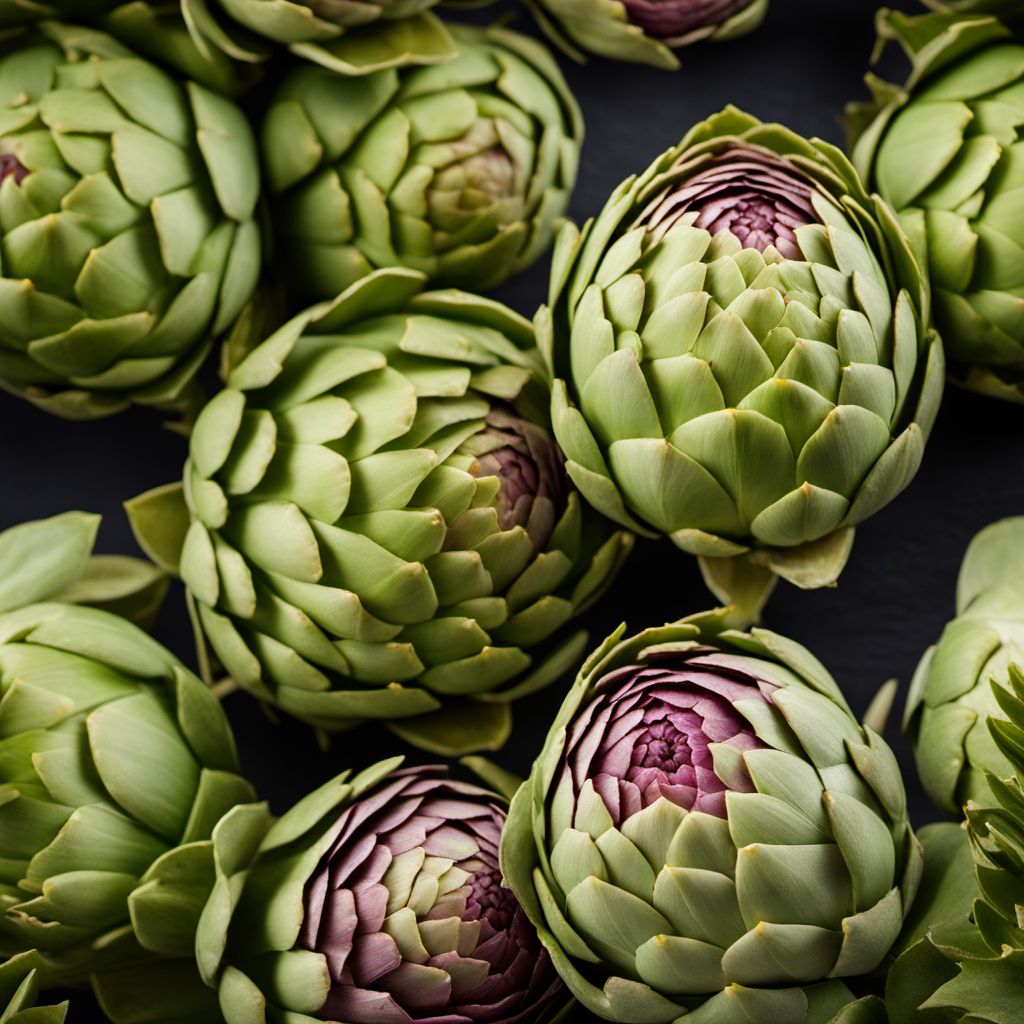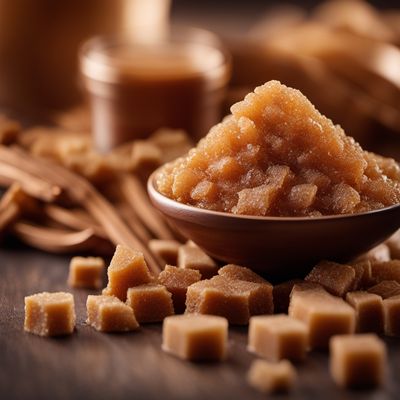
Ingredient
Artichoke flavour
"The Delicate Essence: Exploring the Subtle Flavors of Artichoke"
Artichoke flavour is characterized by its delicate and slightly sweet taste, with subtle hints of nuttiness and earthiness. It has a mild bitterness that adds a pleasant complexity to dishes. The texture of artichoke flavour is tender and succulent, with a slight crunch in the leaves. Its appearance is vibrant and green, with tightly packed leaves that protect the tender heart.
Origins and history
Artichoke flavour originated in the Mediterranean region and has been cultivated for centuries. It has a rich historical background, with references dating back to ancient Greek and Roman civilizations. Artichokes were highly valued for their medicinal properties and were considered a delicacy among the nobility.
Nutritional information
Artichoke flavour is a nutritious ingredient, rich in fiber, vitamins C and K, folate, and antioxidants. It is low in calories and fat, making it a healthy addition to any diet.
Allergens
Artichoke flavour is generally considered safe and does not pose significant allergenic risks. However, individuals with known allergies to plants in the Asteraceae family, such as ragweed or daisies, may experience cross-reactivity and should exercise caution.
How to select
When selecting artichoke flavour, look for firm and heavy heads with tightly closed leaves. Avoid any signs of wilting, browning, or mold. The leaves should be vibrant green, and the stem should be firm and not dried out. Freshness can also be determined by gently squeezing the artichoke, which should produce a slight squeaking sound.
Storage recommendations
To maintain the freshness of artichoke flavour, store it in the refrigerator in a perforated plastic bag to prevent moisture buildup. It can be kept for up to a week, but it is best to consume it as soon as possible for optimal flavor and texture.
How to produce
Artichoke flavour can be grown in home gardens by planting artichoke seeds or transplanting young artichoke plants. They require well-drained soil, full sun exposure, and regular watering. Harvesting is done when the artichoke heads are firm and have reached their full size.
Preparation tips
To prepare artichoke flavour, remove the tough outer leaves until you reach the tender, pale green ones. Trim the stem and cut off the top third of the artichoke. Steam or boil the artichoke until the leaves are easily pulled off. Serve it with a dipping sauce or incorporate it into various dishes such as salads, dips, or pasta.
Culinary uses
Artichoke flavour is commonly used in Mediterranean cuisine, where it is often steamed, grilled, or roasted and served as a standalone vegetable or incorporated into salads, pasta dishes, risottos, or pizzas. It is also popular in dips, such as artichoke and spinach dip, adding a unique flavor and creamy texture.
Availability
Artichoke flavour is commonly available in Mediterranean countries, such as Italy, Spain, and Greece, as well as in California in the United States, where it is extensively cultivated.
More ingredients from this category » Browse all

Gianduia flavour
Decadent Hazelnut Chocolate

Prune flavour
The Rich and Velvety Prune Flavor

Black tea flavour
Unveiling the Essence: Exploring the Aromatic World of Black Tea Flavor

Eucalyptus flavour
Refreshing Minty Twist

Hibyscus flavour
"The Vibrant Essence: Exploring the Delightful Hibiscus Flavor"

Tonic flavour
"The Zest of Tonic: Unleashing the Vibrant Flavors of a Culinary Essential"

Rose flavour
The Enchanting Essence of Roses

Amarena cherry flavour
The Sweet and Tangy Essence of Amarena Cherries

Brown sugar flavour
Sweet and Rich: Unveiling the Essence of Brown Sugar Flavour

Curry flavour
The Magic of Curry: Unleashing Flavors

Cream flavour
The Essence of Cream

Malaga / raisins flavour
The Sweet Essence of Sun-Drenched Grapes